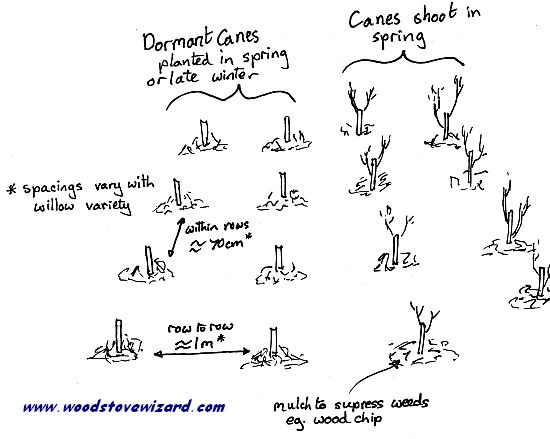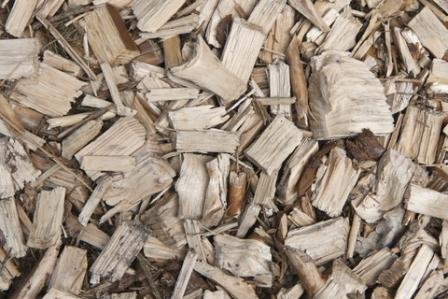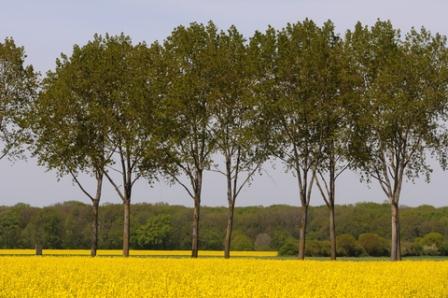Biomass Fuel
Whenever we burn a material that originally came from a plant we are burning biomass fuel - whether that is logs from your wood pile, manufactured wood pellets, hedge clippings, wood chips old newspaper, straw or hay.
Most people these days are aware of the current debate and scientific evidence suggesting that our developed societies addiction to fossil fuels is contributing to climate change. If this isn't a good enough reason to consider switching to biomass fuels there are plenty of sensible economic ones.
Fossil fuel supplies are becoming scarcer year on year as existing reserves are depleted (or become more expensive to extract) and the global market for fossil fuels expands (economic growth in the developing world. These two pressures are combining to push fossil fuel prices higher and make fuel security a real concern.
By reducing our individual fossil fuel demands we can both save money and help reduce CO2 emissions.
Unfortunately biofuels do have some rather significant downsides, such as those caused by the explosion in demand for Palm Oil and its derivative, Biodiesel. As demand for biodiesel increases developing countries have increased economic incentives to cut down native forests and replace them with Palm Oil plantations. These massive deforestations have had a massive ecological impact in the immediate environment, as well as global impact due to the carbon released as forests are cleared.
Above, both wood chips and oilseed rape produce effective biofuels. Using wood chips in a furnace is less controversial as land use doesn't need to be diverted from food production. Chips are usually sourced as a bi-product of the forestry industry.
In addition demand for bioethanol, usually produced from conventionally grown corn, has increase demand for corn and pushed global food prices higher. This adversely effects the poorest people in the world as they struggle to afford more expensive food crops.
(In essence land that used to grow food now grows ethanol so food is more scarce)
Commercial scale ventures into biomass fuels are always likely to be fraught with difficulties - any farmer will look to maximise their income by growing the most valuable crop. This may require expenditure of fossil fuels to provide nitrogen fertilizers etc...
Some studies have shown that the useful energy that can be extracted as ethanol only achieves 1.3 times as much as was first input in energy. Doesn't sound like a very sensible way to reduce our overall reliance on fossil fuels does it?
Biomass Fuels in the home
Fortunately for home owners, biomass fuels do provide a worthwhile solution for home heating. Home heating, for example through a thermal mass stove or a conventional wood stove, typically uses fuel materials that have had little if any industrial processing and place little pressure on agricultural resources.
Locally to me (South-East UK) we are surrounded by ancient chestnut coppice woodland. These have been managed in the traditional way for hundreds of years supplying firewood, fencing posts, furniture etc... As a vital part of the existing agricultural landscape they add important ecological diversity and provide many valuable products. Thus for us timber logs are a sensible and sustainable solution, with a secure supply that will be available into the indefinite future.
Depending on your locality, however, other solutions may be more economically and environmentally sound and have greater long term security.
Biofuel Prices
It is an unfortunate principal of economic supply and demand that goods which are substitutes or each other tend to rise in price together. For example, the Italian Spaghetti Harvest fails and pasta prices double in the supermarket so everyone buys rice instead. The increased demand for rice pushes the price of rice up to meet that of pasta and the prices reach some kind of equilibrium.
In terms of biofuels this means that as fossil fuels rise in price more and more people are likely to seek alternative fuels which in turn pushes up the price that suppliers can charge for firewood
It is, therefore, likely to be an unfortunate truth that the cost of heating a home with firewood is likely to rise in step with fossil fuels (albeit perhaps lagging substantially behind). You cannot expect energy to remain cheap or free unless you have some means of growing your own fuels. This need not be out of reach if you have some land and the time to manage it. Depending on various factors, such as location, climate, soil, your wood stove etc... you might consider traditional coppice woodland, switchgrass, short rotation willow coppice, miscanthus or even corn!
Dealing with your fuel
Before you go down the route of one particular fuel type you should have assessed how availability of supply, sustainability, price etc... All these factors take place before the wood arrives on your door step. What happens next?
Well, typically with cordwood logs, your supplier arrives with a pickup truck load and drops it in your driveway. It is your job to store it in such a way that it air dries and in 12 months or so is ready to use.
If you plan to supply all your heating with timber you will need between 3 and 8 cords of dry firewood to last a season (depending on climate, house insulation, stove efficiency, personal heating preferences etc...) but much less if it is for an occasional use to cheer a sitting room.
- Where will you store your fuel?
- Where will your supplier deliver the fuel to?
- Do you have the physical ability to handle/split/stack the large quantities of wood involved?
- What dimensions of fuel can your stove accept?
All these factors need to be considered when planning a new wood stove installation.
Pellet stoves have slightly different issues but you will still require storage for your fuel, and the bags themselves can weigh 30kg or more. They won't be quite as messy as logs but you still need to work out the logistics.
Biofuel Articles
Short Cycle Willow Coppice

Short cycle willow coppice is a modern form of coppicing specifically developed to produce wood for fuel purposes. On a commercial scale large fields of cultivated fast growing willow species are planted in rows for mechanical harvesting, however smaller scale ventures can be quite sucessful for homesteaders or others living off grid


